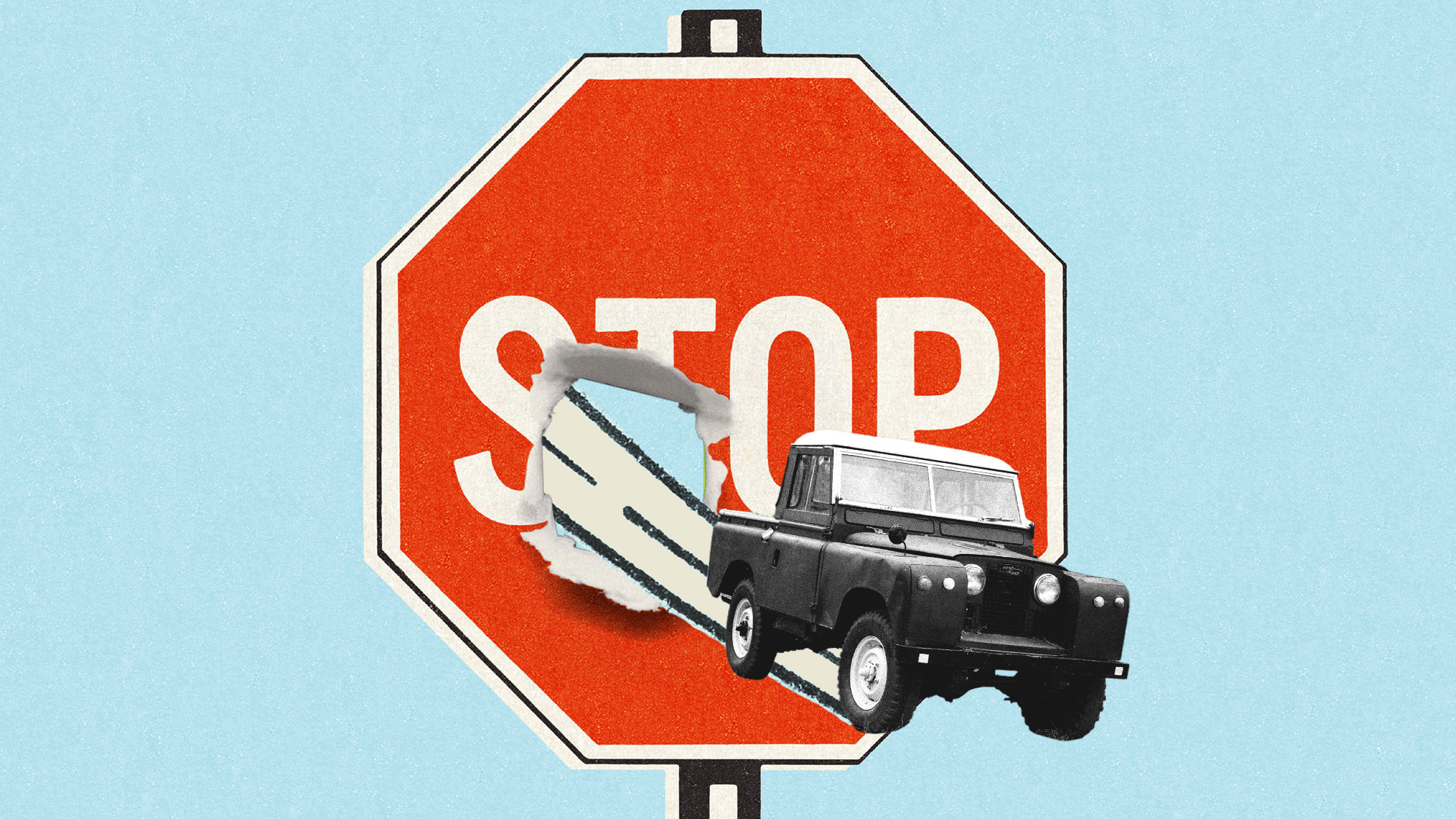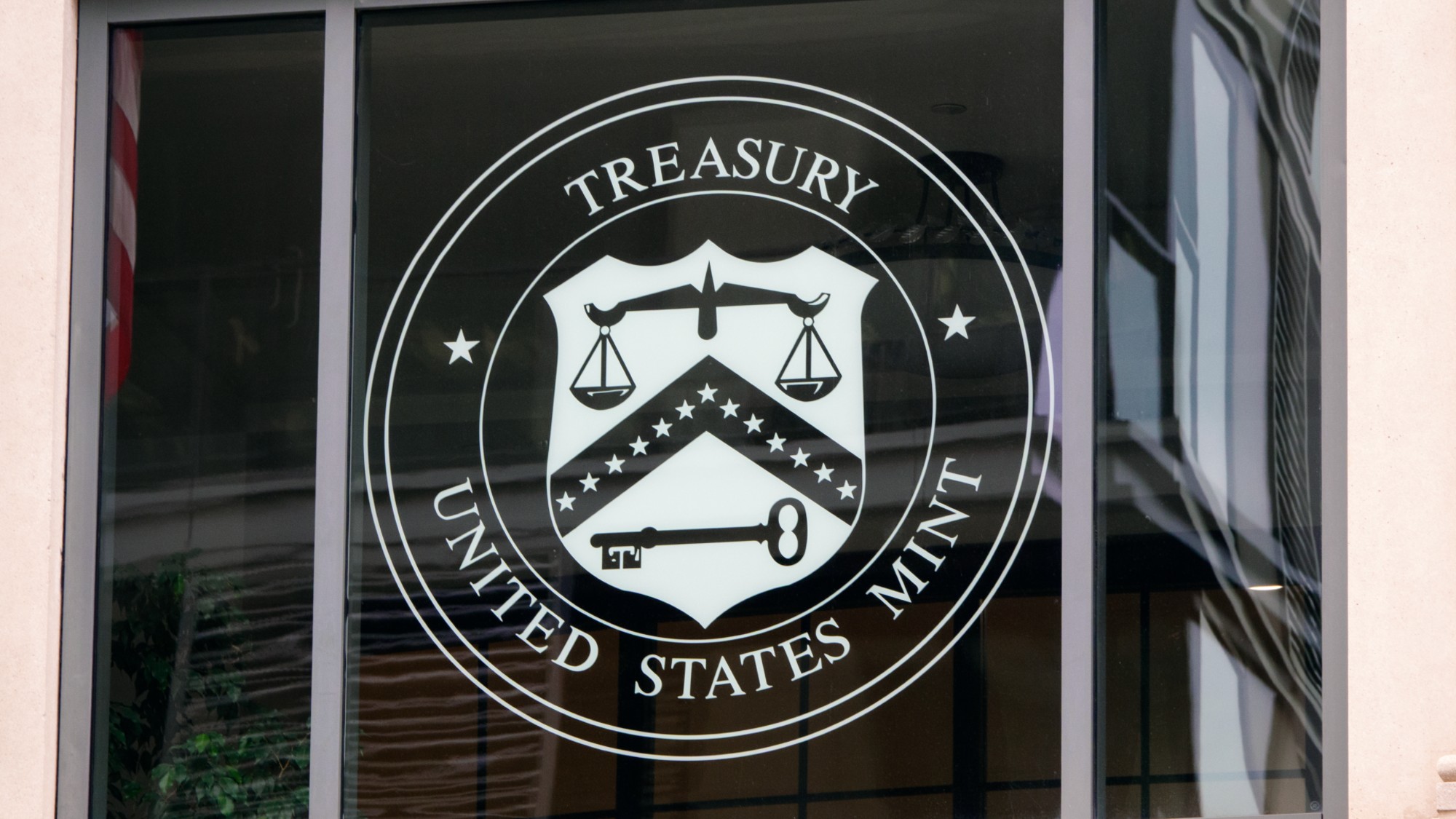Issue of the week: How low can the market go?
The Dow Jones industrial average fell 251 points this week, to 7,114—that’s almost 50 percent below its all-time high of 14,164, and the lowest close for the Dow in more than a decade.
It’s a milestone that no one wanted to reach, said Damian Paletta in The Wall Street Journal. Stock markets around the world got off to a brutal start this week, with major stock indexes closing at roughly half the peak levels they had reached in the long-ago autumn of 2007. The Dow Jones industrial average fell 251 points, to 7,114—that’s almost exactly 50 percent below its all-time high of 14,164, and the lowest close for the Dow in more than a decade. The plunge has vaporized an estimated $12 trillion in wealth, in addition to the $10 trillion lost in the real estate market. And in a sign of how deeply and widely the economic pain has spread, the market rout stretched from financial stocks, which have become investors’ favorite whipping boy, to “parts of the market that had previously held up,” including technology companies and makers of basic materials such as steel.
Virtually nobody at this point believes there’s light at the end of the tunnel, said Adam Shell in USA Today. The turmoil in the stock market reflects “a growing belief among investors that the battered economy isn’t likely to improve quickly.” And consumers feel the same way: The Conference Board’s Consumer Confidence Index fell to 25 in February, down from 37.4 in January, the lowest reading since the index was first compiled, in 1967. “The Dow is reflective of the national mood,” said Quincy Krosby, chief investment strategist of The Hartford insurance company, “and right now the mood is very pessimistic.”
That’s putting it mildly, said Paul Krugman in The New York Times. Conditions in the real economy are so dire that even the folks who run the Federal Reserve are wondering when the pain will end. The summary of the latest meeting of the Fed’s interest-rate committee includes a “chilling” paragraph reporting that all the members of the committee expect unemployment to remain high through 2011, while some members are saying that a full recovery is still five to six years off. “We’re in the midst of a crisis that bears an eerie, troubling resemblance to the onset of the Depression,” when even interest rates near zero couldn’t revive the economy. And it’s a good bet that President Obama’s $787 billion stimulus package will “mitigate the slump, not end it.” Investors are losing faith, and for good reason.
The Week
Escape your echo chamber. Get the facts behind the news, plus analysis from multiple perspectives.

Sign up for The Week's Free Newsletters
From our morning news briefing to a weekly Good News Newsletter, get the best of The Week delivered directly to your inbox.
From our morning news briefing to a weekly Good News Newsletter, get the best of The Week delivered directly to your inbox.
And to think, said Mark Hulbert in Marketwatch.com, that many respected market-watchers were calling a bottom to the stock market last November. It’s now possible that the Dow has to fall an additional 2,000 points before the next bull market kicks in. At least that’s the view of Richard Russell, a proponent of the so-called Dow theory, which predicts market movements based on the historical performance of the Dow Jones index. His research shows that “a major bear market can be expected to obliterate between one-half and two-thirds of the previous advance.” So far, the market has shed about half the gains it racked up during the bull run that began in 1982. “A two-thirds retrenchment would take the Dow down to around the 5,200 mark.” And here’s the really scary part: These days, that number doesn’t seem at all far-fetched.
A free daily email with the biggest news stories of the day – and the best features from TheWeek.com
-
 11 hotels opening in 2026 to help you reconnect with nature
11 hotels opening in 2026 to help you reconnect with natureThe Week Recommends Find peace on the beaches of Mexico and on a remote Estonian island
-
 Zimbabwe’s driving crisis
Zimbabwe’s driving crisisUnder the Radar Southern African nation is experiencing a ‘public health disaster’ with one of the highest road fatality rates in the world
-
 The Mint’s 250th anniversary coins face a whitewashing controversy
The Mint’s 250th anniversary coins face a whitewashing controversyThe Explainer The designs omitted several notable moments for civil rights and women’s rights
-
Issue of the week: Yahoo’s ban on working from home
feature There’s a “painful irony” in Yahoo’s decision to make all its employees come to the office to work.
-
Issue of the week: Another big airline merger
feature The merger of American Airlines and US Airways will be the fourth between major U.S. airlines in five years.
-
Issue of the week: Feds’ fraud suit against S&P
feature The Justice Department charged S&P with defrauding investors by issuing mortgage security ratings it knew to be misleading.
-
Issue of the week: Why investors are worried about Apple
feature Some investors worry that the company lacks the “passion and innovation that made it so extraordinary for so long.”
-
Issue of the week: Does Google play fair?
feature The Federal Trade Commission cleared Google of accusations that it skews search results to its favor.
-
Issue of the week: The Fed targets unemployment
feature By making public its desire to lower unemployment, the Fed hopes to inspire investors “to behave in ways that help bring that about.”
-
Issue of the week: Is Apple coming home?
feature Apple's CEO said the company would spend $100 million next year to produce a Mac model in the U.S.
-
Issue of the week: Gunning for a hedge fund mogul
feature The feds are finally closing in on legendary hedge fund boss Steven Cohen.